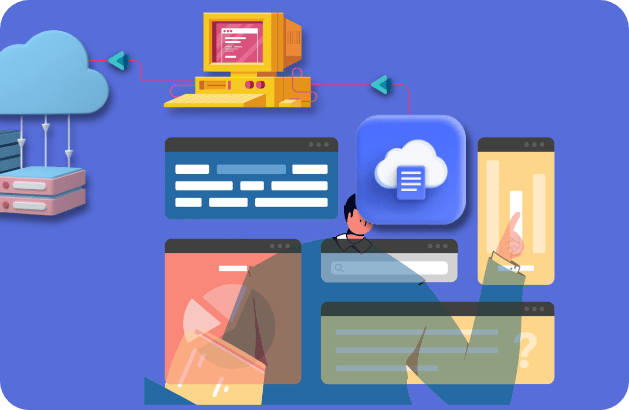Introduction
The client offers deep and contextual application-layer visibility to remove the blind spots within distributed and cloud-native application environments, in a completely frictionless manner while being agnostic to the platform, cloud, environment, and workload type. The solution allows many people like cloud application practitioners, security leaders, and application owners to have a visibility which would help them to address compliance, and security controls for microservices and other distributed applications
Overview of Challenges faced by Client
- The client has run their pre-production application in cloud infrastructure and it costs high
- The client engineering team spent most of their time deploying their changes on cloud infrastructure for evaluation
- The client team faced more challenges in deploying their application in cloud environments and that cost 45% of their monthly budget allocation.
- Client teams spend more time on deployment and testing in cloud infrastructure will extend the delivery time of the application

How Current system Works
Enterprises today deploy perimeter-centric solutions, such as network firewalls, web application firewalls, and/or API Gateways. Others like container firewalls, network-layer micro-segmentation, or manual application testing are also tried.
Some other solutions concentrate on one type of workload (e.g. containers) or are focused on data-in-use or data-at-rest and do little to secure against run-time attacks embedded deep within the application-layer components
How we proposed system architecture
The client ideally needs an Infrastructure with different topologies of system types templated as a solution.Generic engine for generation and regeneration of infrastructures need to be utilized. Following are some of the key considerations
- The solution proposed is to create an environment like cloud infrastructure in local machines
- Writing tests framework to make the client engineering team use for their Unit Testing
- We are using MetalLB for implementing network Load Balancer in K8 local infrastructure
- Implementation of microservices to simplify the deployment and improve the performance of the application. By using testing frameworks to deliver the flawless application in a production environment
- Containerize the microservice components to achieve the CI/CD process with the K8 cluster to reduce the time spent for on deployment
- Provide scripts to automate the process of testing and deliver the application with zero bugs

What are the Benefits of the proposed system?
- DevOps process will reduce the deployment and testing time
- The product has been cleverly architected to ensure zero latency to the application, while still providing all the security features and benefits
- Provides a vulnerability assessment of the application components and provides recommendations on how to make them more secure
- Reduced the cloud Infrastructure cost up to 45%




